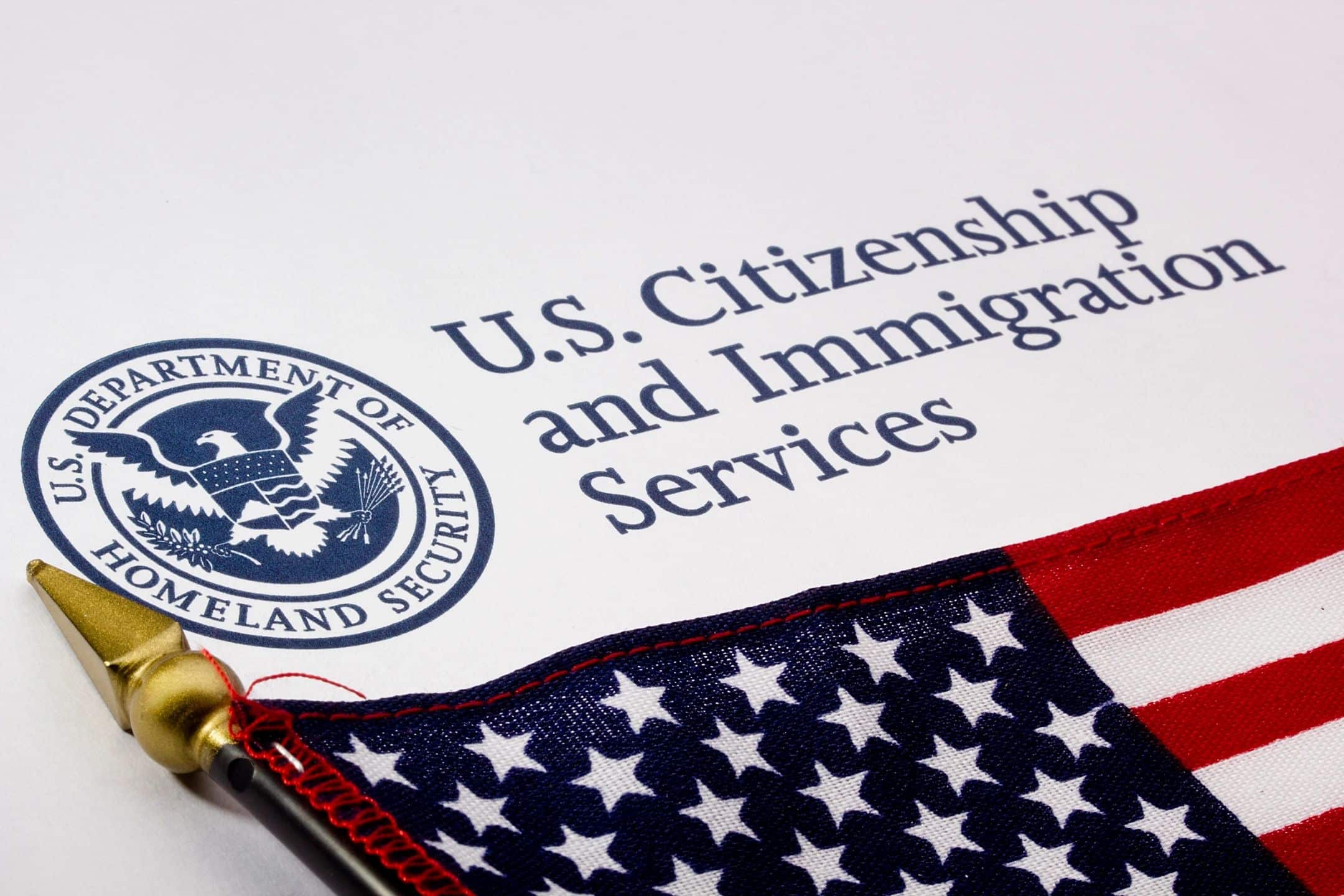IRS Guidance Released on Trump Payroll Tax Deferral
On Friday, August 28th, IRS and the Department of Treasury issued long-awaited guidance on the Executive Order tax deferral memorandum issued by President Trump on August 8th.
IRS guidance in Notice 2020-65 states the following:
- Employers may postpone withholding, deposit, and payment of the employee portion of Social Security Tax;
- Deferral of taxes can be applied to compensation paid on a pay date that falls within the period beginning on September 1, 2020, and ending on December 31, 2020;
- Deferral of taxes is only allowed on the wages of qualified taxpayers. “Qualified taxpayer” is defined as an employee whose gross wages do not exceed $4000 in a bi-weekly pay period or the equivalent for any other pay period frequency;
- The qualified deferral threshold must be applied to deferring employees on a per pay period basis, meaning that some employees may not qualify to defer for the entire period;
- The employer must begin withholding and paying deferred taxes from wages beginning on January 1, 2021, and ending on April 30, 2021 in addition to the taxes that will be withheld for this time frame;
- Employers will be responsible for collecting and paying over any deferred taxes, and “if necessary [the employer] may make arrangements to otherwise collect the total [unpaid taxes] from the employee”;
- Penalties and interest will begin to accrue on unpaid taxes beginning on May 1, 2021.
Frequently Asked Questions
Q: Is participation mandatory for employers? What about employees?
A: Deferral of taxes is voluntary for both employers and employees. Employers may choose not to offer deferral of the employee portion of Social Security taxes to their employees and continue withholding and paying tax as normal. If an employer chooses to offer deferrals, employee participation in deferral is also voluntary. Documentation and retention of a record of employees’ election of deferral are highly recommended.
Q: Who is responsible for the payment of deferred taxes?
A: One point that is clear from the notice is that the responsibility for collection and payment of deferred taxes falls on the employer, not the employee and that the employer will be penalized for unpaid deferred taxes.
Q: How will the deferred taxes be collected?
A: While the guidance is still unclear on all the avenues available to the employer to collect deferred taxes, one means is clear for employees that remain with the employer. Employees who defer taxes in 2020 and remain employed in the new year could essentially “double-up” tax withholding in early 2021. The employer must begin withholding and paying any deferred taxes from wages paid beginning on January 1, 2021, and ending April 30, 2021
Q: What concerns might my employees who elect to defer have?
A: Because this is a tax deferral rather than a tax break, the tax liability is still due to be paid, the due date is simply delayed. Employees who elect to participate must consider whether the short-term bump in take-home pay is worth the potential reduction in net pay after the holidays at the beginning of the new year and plan their cash flow accordingly.
While this guidance is helpful, it is still incomplete and leaves many unanswered questions about withholding and reporting of deferred payments. Our software development team is currently reviewing this limited IRS guidance to determine the best methods to assist clients with the tracking of any elected employee deferrals in the payroll and tax system. As we await this software release, we will have the ability to manage any retro-pay deferrals from September 1st as long as this is allowed by the Internal Revenue Service. We will continue to share actions for employers as soon as they become available.
If you have immediate questions or concerns regarding this deferral, please contact our team at COVIDSupport@ahola.com, or 800-727-2849.







Reply a Comment